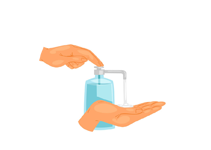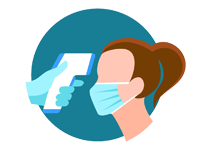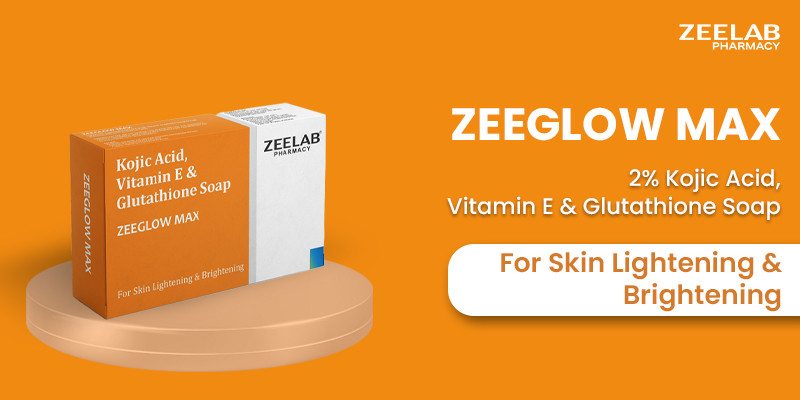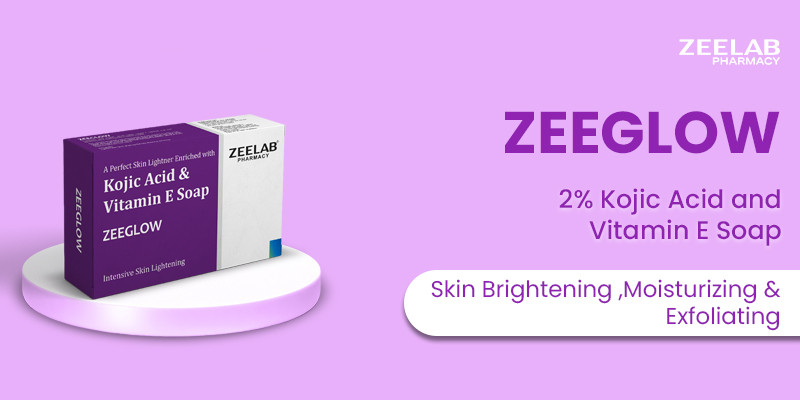Tranexamic Acid + Ethamsylate
Tranexamic Acid + Ethamsylate is a combination medication used to control and prevent excessive bleeding. Tranexamic Acid works by reducing the breakdown of fibrin in blood clots, while Ethamsylate helps improve blood clotting by stabilizing capillaries. This combination is particularly useful in managing conditions like heavy menstrual bleeding, nosebleeds, and bleeding after surgery. Tranexamic Acid + Ethamsylate is often prescribed in emergency settings or for chronic conditions that lead to excessive bleeding.
Uses of Tranexamic Acid + Ethamsylate
Tranexamic Acid + Ethamsylate is used for:
- Preventing and controlling excessive bleeding during surgery
- Managing heavy menstrual bleeding (menorrhagia)
- Treating nosebleeds (epistaxis)
- Reducing blood loss in conditions such as hemophilia or other bleeding disorders
- Controlling bleeding after dental or gynecological procedures
How Tranexamic Acid + Ethamsylate Works
Tranexamic Acid works by inhibiting the breakdown of fibrin in blood clots, helping to maintain clot stability and prevent excessive bleeding. Ethamsylate enhances the formation of blood clots by improving platelet aggregation and strengthening the blood vessels. Together, they help prevent blood loss and support clotting in cases of excessive bleeding.
Benefits of Tranexamic Acid + Ethamsylate
The benefits of Tranexamic Acid + Ethamsylate include:
- Reduces bleeding during surgeries and medical procedures
- Effective in managing heavy menstrual bleeding
- Helps control bleeding in patients with clotting disorders
- Reduces the need for blood transfusions in some cases
- Provides quick relief for nosebleeds and other bleeding conditions
How to Take Tranexamic Acid + Ethamsylate
Tranexamic Acid + Ethamsylate is usually taken orally in tablet form or administered intravenously in hospital settings, depending on the severity of the condition. The dosage will vary based on the patient's specific needs, and it is important to follow the instructions provided by your healthcare provider. For heavy menstrual bleeding, the medication is typically taken during the period to reduce excessive blood loss.
Types of Dosage Available
- Tablets
- Injectable solution (for hospital use)
Side Effects of Tranexamic Acid + Ethamsylate
Common side effects of Tranexamic Acid + Ethamsylate may include:
- Headache
- Stomach upset or nausea
- Dizziness or lightheadedness
- Fatigue
- Flushing or skin rash
Severe side effects (rare but possible) include:
- Severe allergic reactions (anaphylaxis)
- Blood clots (deep vein thrombosis or pulmonary embolism)
- Severe abdominal pain
- Vision changes
- Severe headache or blurred vision
Safety Advice
Before using Tranexamic Acid + Ethamsylate, consider the following safety advice:
- Consult your doctor if you have a history of blood clots, stroke, or heart disease.
- Do not take this medication if you are allergic to Tranexamic Acid, Ethamsylate, or any of its ingredients.
- Use with caution if you are pregnant or breastfeeding.
- Avoid using this medication in combination with other blood-thinning drugs unless prescribed by your doctor.
- Inform your doctor if you are undergoing any surgical procedures or have a history of bleeding disorders.
Frequently Asked Questions (FAQs)
Q: How is Tranexamic Acid + Ethamsylate administered?
A: Tranexamic Acid + Ethamsylate can be taken orally in tablet form or administered intravenously in a hospital setting, depending on the condition being treated.
Q: Can Tranexamic Acid + Ethamsylate cause blood clots?
A: While rare, Tranexamic Acid + Ethamsylate can increase the risk of blood clots in some individuals, especially those with a history of clotting disorders.
Q: How long should I take Tranexamic Acid + Ethamsylate?
A: The duration of treatment will depend on your medical condition. For heavy menstrual bleeding, it is usually taken during the period, as prescribed by your doctor.
Q: Is Tranexamic Acid + Ethamsylate safe for pregnant women?
A: Tranexamic Acid + Ethamsylate should only be used during pregnancy if recommended by your doctor after evaluating the potential risks and benefits.
Download India's most affordable pharmacy app
- Compare with medicine prices
- Save upto 90% on your medicine bills

Temperature Controlled storage and delivery

Regular Sanitization

Disinfected Packaging















 Added!
Added!